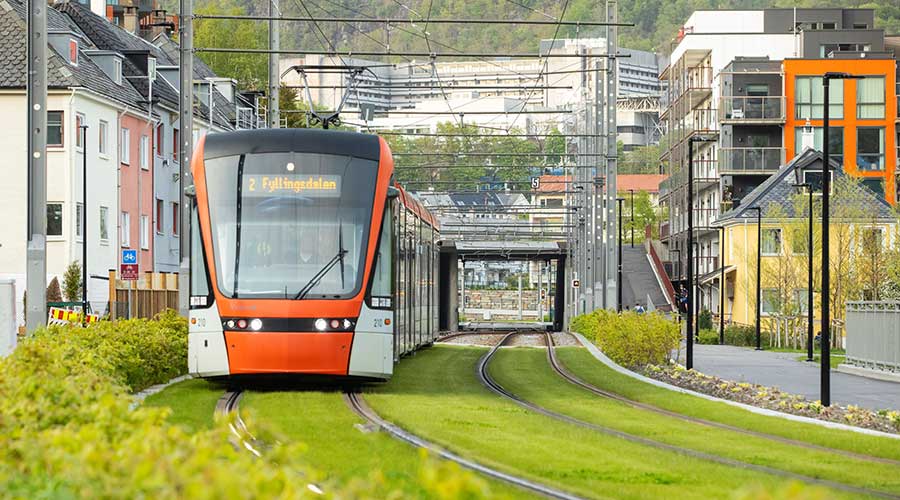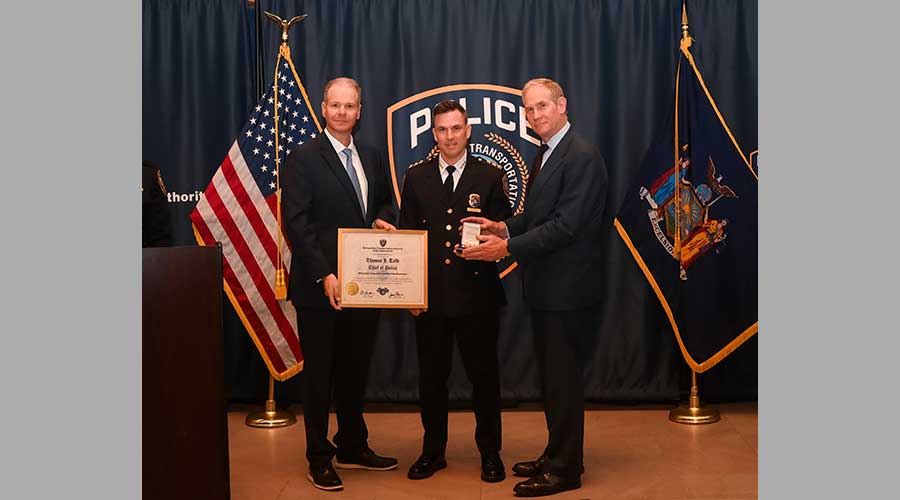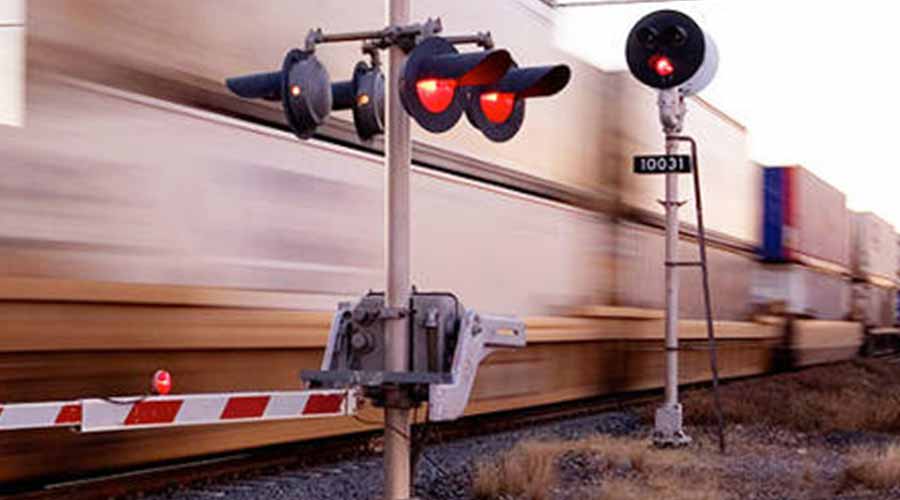Newsletter Sign Up
Stay updated on news, articles and information for the rail industry
Stay updated on news, articles and information for the rail industry
RAIL EMPLOYMENT & NOTICES
Rail News Home
High-Speed Rail
Rail News: High-Speed Rail
3/25/2010
Rail News: High-Speed Rail
Colorado's Rocky Mountain Rail Authority releases HSR feasibility study
advertisement
The Rocky Mountain Rail Authority (RMRA), a multi-jurisdictional government body created to determine high-speed rail options for Colorado, has completed a high-speed rail feasibility study.
Conducted in partnership with consultant Transportation Economics & Management Systems Inc., the study analyzed developing high-speed rail corridors along an Interstate 70 route between Denver International Airport and Grand Junction, and an I-25 route between Fort Collins and Trinidad.
The study included an engineering assessment that evaluated the current condition of the proposed highway, greenfield and railroad right of way; identified improvements to existing lines needed to support 79 mph, 110 mph and 150 mph passenger-rail service scenarios; and estimated civil engineering requirements for new routes that would support passenger trains speeds of 125 mph, 220 mph and 300 mph using maglev technology.
The study outlines the infrastructure needs, routes and technology, operating plans, and operating and capital costs for the various options.
Some of the study’s conclusions:
• On its own, the I-25 corridor can sustain a 110 mph diesel train option, but if it were linked to an I-70 Denver Airport-to-Eagle Airport corridor, the combined corridors would be capable of supporting 220 mph electric rail technology.
• Future studies should give further consideration to the I-70 route, which has three locations with 7 percent grades. Construction costs for the mountainous corridor would be “very significant” — up to three times as much as the I-25 corridor.
• The technologies best suited for the I-25 corridor were the 220 mph and 150 mph electric rail options, as well as a 110 mph diesel rail option.
• The routes potentially could use freight-rail rights of way, but the state and freight railroads need to agree on what needs to be done and what it will cost.
• Ridership potential is strong in both corridors. Each route could support at least 16 to 20 daily round trips.
• The system would take 12 to 15 years to implement.
Now, the state needs to develop a rail plan, conduct environmental assessments, develop finance and funding plans, obtain grassroots support for the project, launch discussions with freight railroads, and complete alternatives analysis and preliminary engineering work.
To view a copy of the feasibility study, follow this link.
Conducted in partnership with consultant Transportation Economics & Management Systems Inc., the study analyzed developing high-speed rail corridors along an Interstate 70 route between Denver International Airport and Grand Junction, and an I-25 route between Fort Collins and Trinidad.
The study included an engineering assessment that evaluated the current condition of the proposed highway, greenfield and railroad right of way; identified improvements to existing lines needed to support 79 mph, 110 mph and 150 mph passenger-rail service scenarios; and estimated civil engineering requirements for new routes that would support passenger trains speeds of 125 mph, 220 mph and 300 mph using maglev technology.
The study outlines the infrastructure needs, routes and technology, operating plans, and operating and capital costs for the various options.
Some of the study’s conclusions:
• On its own, the I-25 corridor can sustain a 110 mph diesel train option, but if it were linked to an I-70 Denver Airport-to-Eagle Airport corridor, the combined corridors would be capable of supporting 220 mph electric rail technology.
• Future studies should give further consideration to the I-70 route, which has three locations with 7 percent grades. Construction costs for the mountainous corridor would be “very significant” — up to three times as much as the I-25 corridor.
• The technologies best suited for the I-25 corridor were the 220 mph and 150 mph electric rail options, as well as a 110 mph diesel rail option.
• The routes potentially could use freight-rail rights of way, but the state and freight railroads need to agree on what needs to be done and what it will cost.
• Ridership potential is strong in both corridors. Each route could support at least 16 to 20 daily round trips.
• The system would take 12 to 15 years to implement.
Now, the state needs to develop a rail plan, conduct environmental assessments, develop finance and funding plans, obtain grassroots support for the project, launch discussions with freight railroads, and complete alternatives analysis and preliminary engineering work.
To view a copy of the feasibility study, follow this link.


 2025 MOW Spending Report: Passenger-rail programs
2025 MOW Spending Report: Passenger-rail programs
 Gardner steps down as Amtrak CEO
Gardner steps down as Amtrak CEO
 Guest comment: Oliver Wyman’s David Hunt
Guest comment: Oliver Wyman’s David Hunt
 Women of Influence in Rail eBook
Women of Influence in Rail eBook
 railPrime
railPrime








